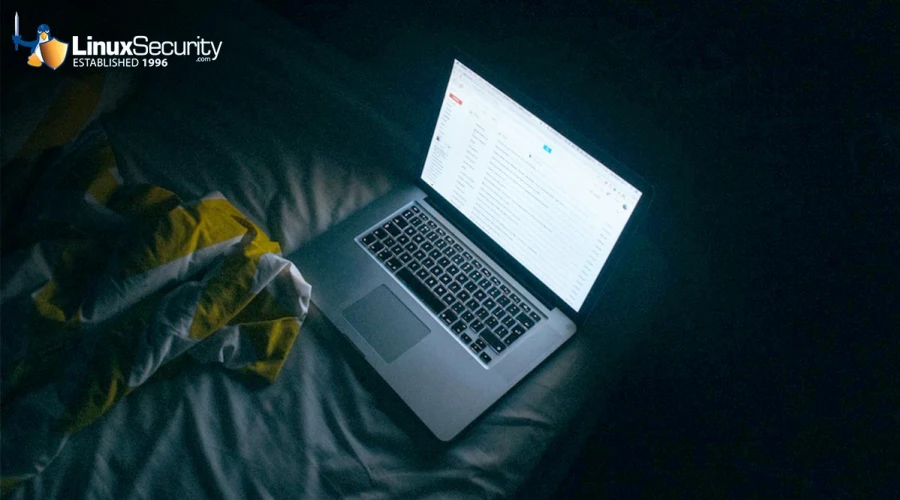Microsoft Update Mayhem: Rescuing Linux Dual-Boot Systems from Secure Boot Woes

Microsoft's recent patch, intended to strengthen Secure Boot defenses, has resulted in an unexpected setback for Linux-Windows dual-boot setups worldwide. Users and administrators encountering problems while trying to power on their Linux systems have received confusing error messages instead of the familiar boot sequence, leading them down a rabbit hole of frustration searching for solutions. Users try their hardest to use their systems again but fail miserably due to incompatibilities between them and Secure Boot's security protections.
What was meant to be an effortless system security improvement has revealed the delicate balance between compatibility and security in an increasingly multi-operative system environment. Today, I'll explore what went wrong and the broader ramifications of Secure Boot as a crucial cybersecurity linchpin. I'll also equip you with actionable intelligence to navigate this challenge.
What Happened & How Did This Occur?
 At the root of it all lies Microsoft's update designed to address a two-year-old vulnerability in GRUB (Grand Unified Bootloader), an open-source boot loader used by Linux systems for booting purposes. CVE-2022-2601 was given an 8.6 severity rating out of 10, reflecting its potential to be used to bypass Secure Boot mechanisms and compromise systems. Secure Boot is a fundamental feature in cybersecurity, ensuring systems boot using only trusted software and acting as a gateway against malicious firmware or payloads during startup. Surprisingly, Microsoft only implemented the fix for this flaw on Tuesday despite discovering it in 2022!
At the root of it all lies Microsoft's update designed to address a two-year-old vulnerability in GRUB (Grand Unified Bootloader), an open-source boot loader used by Linux systems for booting purposes. CVE-2022-2601 was given an 8.6 severity rating out of 10, reflecting its potential to be used to bypass Secure Boot mechanisms and compromise systems. Secure Boot is a fundamental feature in cybersecurity, ensuring systems boot using only trusted software and acting as a gateway against malicious firmware or payloads during startup. Surprisingly, Microsoft only implemented the fix for this flaw on Tuesday despite discovering it in 2022!
An update issued as part of Microsoft's regular patch program unintentionally caused compatibility issues for dual-boot machines—machines configured to run both Windows and Linux distributions simultaneously—when trying to boot into Linux distributions. Users were met with error messages regarding Secure Boot's verification process failing, leaving multiple contemporary and older Linux distributions unable to boot when Secure Boot was active. Debian, Ubuntu, Linux Mint, Zorin OS, and Puppy Linux users and administrators who depend on dual-boot configurations for different operational needs, such as development, testing, and personal use, have likely been impacted.
How Can Linux Administrators Tackle This Issue?
 Without an official fix or guidance from Microsoft, the Linux community has proactively identified workarounds. A prominent solution involves accessing the EFI (Extensible Firmware Interface) setup to disable Secure Boot, albeit with substantial security trade-offs. An alternate, perhaps more favorable, short-term fix entails deleting the SBAT (Secure Boot Advanced Targeting)SBAT (Secure Boot Advanced Targeting) data pushed by Microsoft in the offending update. This maneuver allows users to recover some benefits of Secure Boot while remaining mindful of the underlying vulnerability until a more permanent resolution is available. Detailed steps for this remedy include:
Without an official fix or guidance from Microsoft, the Linux community has proactively identified workarounds. A prominent solution involves accessing the EFI (Extensible Firmware Interface) setup to disable Secure Boot, albeit with substantial security trade-offs. An alternate, perhaps more favorable, short-term fix entails deleting the SBAT (Secure Boot Advanced Targeting)SBAT (Secure Boot Advanced Targeting) data pushed by Microsoft in the offending update. This maneuver allows users to recover some benefits of Secure Boot while remaining mindful of the underlying vulnerability until a more permanent resolution is available. Detailed steps for this remedy include:
- Disable Secure Boot in the EFI settings.
- Upon booting into Linux, open a terminal and execute the following command to delete the SBAT policy:
sudo mokutil --set-sbat-policy delete - Reboot the system, after which the SBAT policy update can be confirmed.
- Optionally, re-enable Secure Boot in the BIOS settings, though discretion is advised until a comprehensive solution is deployed.
Secure Boot Security Issues Highlighted by This Incident
This incident highlights Secure Boot's inherent security weaknesses. Although Secure Boot has long been recognized for increasing boot security across Windows and other operating systems, recent years have shown it has an array of vulnerabilities and implementation flaws that undermine its effectiveness. Researchers have even identified exploits capable of neutralizing it altogether and casting doubt over its reliability and security status. Furthermore, this incident highlights technical and collaborative hurdles inherent to maintaining such an environment across a multi-OS landscape.
This episode emphasizes the arduous task of balancing strengthening security measures and ensuring operational compatibility across diverse systems. As cybersecurity landscapes change, so must protocols and collaborations that enhance the safety of our digital world.
Our Final Thoughts on This Unfortunate Event
Microsoft's recent update is more than an irritating technical glitch; it is a stark reminder of the vulnerabilities that pervade our computing environments. Linux administrators and users affected by it must employ immediate workarounds until an official fix arrives. More broadly, this incident must prompt us all to take an introspective look at Secure Boot's role in our cybersecurity defenses and open dialogue about securely navigating multi-OS environments while protecting functionality.














